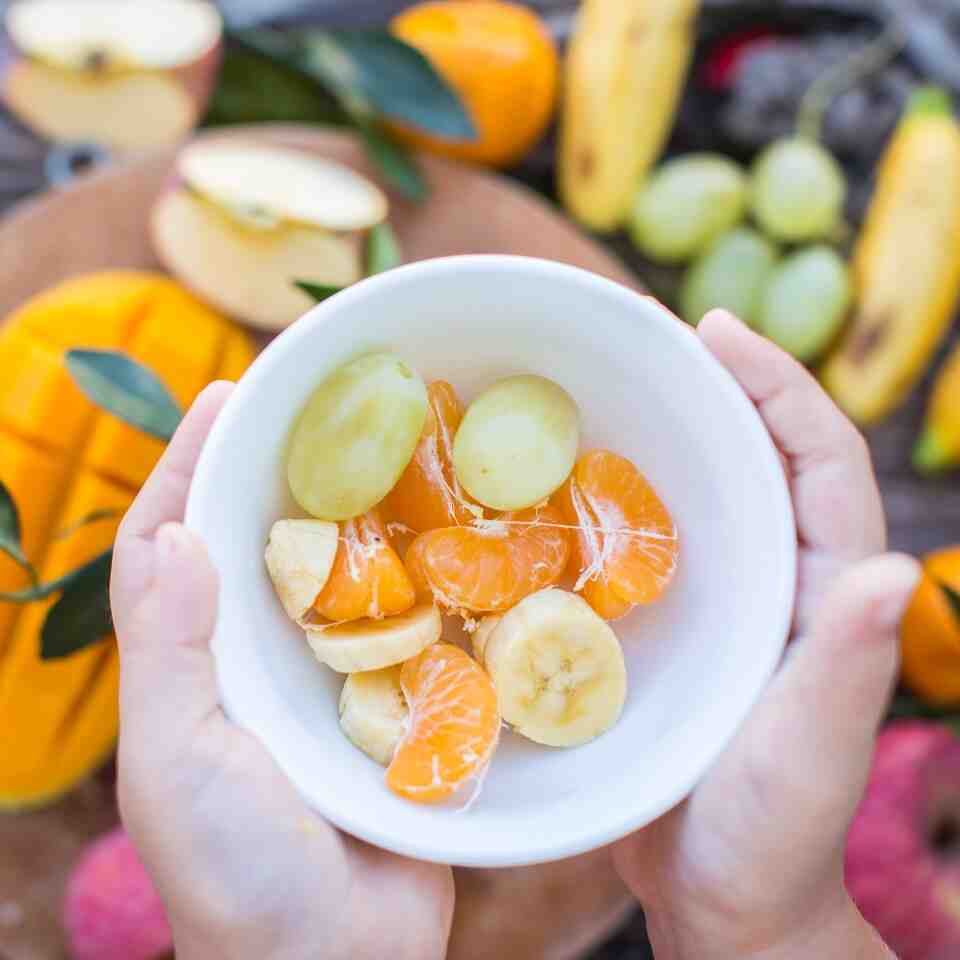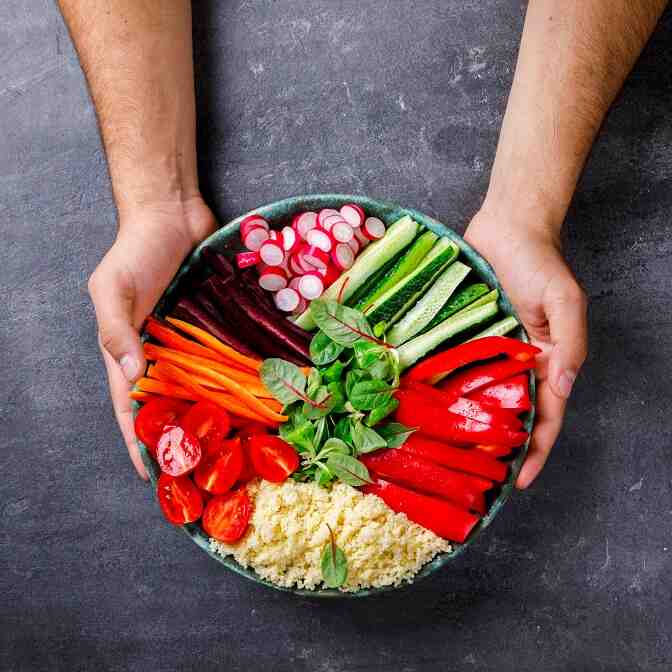High-Protein Diets for Effective Weight Loss
Weight loss strategies come in many forms, but high-protein diets consistently rank among the most effective and sustainable methods. Protein is a crucial macronutrient that supports numerous bodily functions, including muscle repair, immune health, and hormone production. More importantly for weight loss, protein has unique properties that promote fat loss while preserving lean muscle mass. Let’s explore how high-protein diets work, their benefits, and practical tips for incorporating more protein into your daily routine.
Why Protein is Key to Weight Loss
Protein plays a central role in weight loss for several reasons:
- Increased Satiety: Protein is more filling than carbohydrates or fats, helping you feel satisfied after meals and reducing the likelihood of overeating.
- Boosted Metabolism: The thermic effect of food (TEF) refers to the energy your body uses to digest, absorb, and metabolize nutrients. Protein has the highest TEF, meaning your body burns more calories processing protein compared to fats or carbs.
- Preservation of Lean Muscle Mass: During weight loss, your body may break down muscle tissue for energy. A high-protein diet minimizes muscle loss, ensuring that most of the weight lost comes from fat.
- Improved Blood Sugar Regulation: Protein helps stabilize blood sugar levels, reducing energy crashes and cravings for unhealthy snacks.
How High-Protein Diets Promote Fat Loss
When you consume a high-protein diet, your body shifts its energy usage:
- Protein intake helps maintain a caloric deficit by reducing appetite and increasing calorie expenditure.
- By preserving muscle mass, your basal metabolic rate (BMR) remains higher, allowing you to burn more calories even at rest.
- Protein-rich foods often replace calorie-dense, low-nutrient options, leading to a more balanced and nutrient-dense diet.
Best Protein Sources for Weight Loss
Not all proteins are created equal. Focus on lean, nutrient-dense sources to maximize the benefits of a high-protein diet.
Animal-Based Proteins
- Lean Meats: Chicken breast, turkey, and lean cuts of beef are excellent sources of high-quality protein.
- Fish: Salmon, tuna, and cod are rich in protein and omega-3 fatty acids, which promote heart health.
- Eggs: A versatile and complete protein source, eggs contain essential amino acids.
- Dairy: Greek yogurt, cottage cheese, and low-fat milk are high in protein and calcium.
Plant-Based Proteins
- Legumes: Lentils, chickpeas, and black beans provide protein and fiber, which aid digestion and satiety.
- Tofu and Tempeh: These soy-based options are versatile and nutrient-dense.
- Quinoa: A complete protein, quinoa is also a great source of complex carbohydrates and fiber.
- Nuts and Seeds: Almonds, chia seeds, and hemp seeds offer protein along with healthy fats.
How Much Protein Do You Need?
The ideal protein intake varies depending on factors like age, activity level, and weight loss goals. A general guideline is to aim for:
- 0.8-1.2 grams of protein per pound of body weight for active individuals or those looking to lose weight.
- For sedentary individuals, 0.36 grams per pound of body weight is sufficient for basic needs.
For example, a person weighing 150 pounds aiming for weight loss might target 120-150 grams of protein daily.
Tips for Incorporating More Protein
- Start Your Day with Protein: Opt for eggs, Greek yogurt, or a protein smoothie for breakfast to set the tone for the day.
- Choose Protein Snacks: Snack on hard-boiled eggs, string cheese, or a handful of almonds.
- Add Protein to Every Meal: Include a serving of lean meat, fish, tofu, or legumes with each meal.
- Experiment with Protein Powders: Protein powders can be an easy way to boost your intake. Add them to smoothies, oatmeal, or baked goods.
- Batch Cook Protein Sources: Prepare large batches of grilled chicken, roasted chickpeas, or boiled eggs to have ready-to-eat protein options.
Sample High-Protein Meal Plan
Breakfast:
- Scrambled eggs with spinach and a slice of whole-grain toast.
- A cup of Greek yogurt topped with berries and chia seeds.
Snack:
- A protein shake made with almond milk, a scoop of protein powder, and a banana.
Lunch:
- Grilled chicken breast with quinoa and steamed broccoli.
- Lentil soup with a side of mixed greens.
Snack:
- A handful of almonds and a boiled egg.
Dinner:
- Baked salmon with roasted sweet potatoes and asparagus.
- Stir-fried tofu with brown rice and mixed vegetables.
Dessert:
- Cottage cheese with a drizzle of honey and sliced peaches.
Potential Challenges and Solutions
Challenge: Protein sources can be expensive.
Solution: Opt for budget-friendly options like eggs, canned tuna, or dried lentils.
Challenge: Difficulty reaching protein targets.
Solution: Incorporate protein shakes or bars as convenient supplements.
Challenge: Concerns about high protein intake and kidney health.
Solution: For most healthy individuals, high-protein diets are safe. However, consult a healthcare provider if you have pre-existing kidney issues.
The Bottom Line
High-protein diets are a proven and effective strategy for weight loss. By increasing satiety, boosting metabolism, and preserving muscle mass, protein plays a vital role in achieving and maintaining a healthy weight. Focus on a variety of protein sources, plan your meals strategically, and pair your high-protein diet with regular exercise for the best results. With consistency and mindful eating, you’ll be well on your way to a healthier, leaner you.






